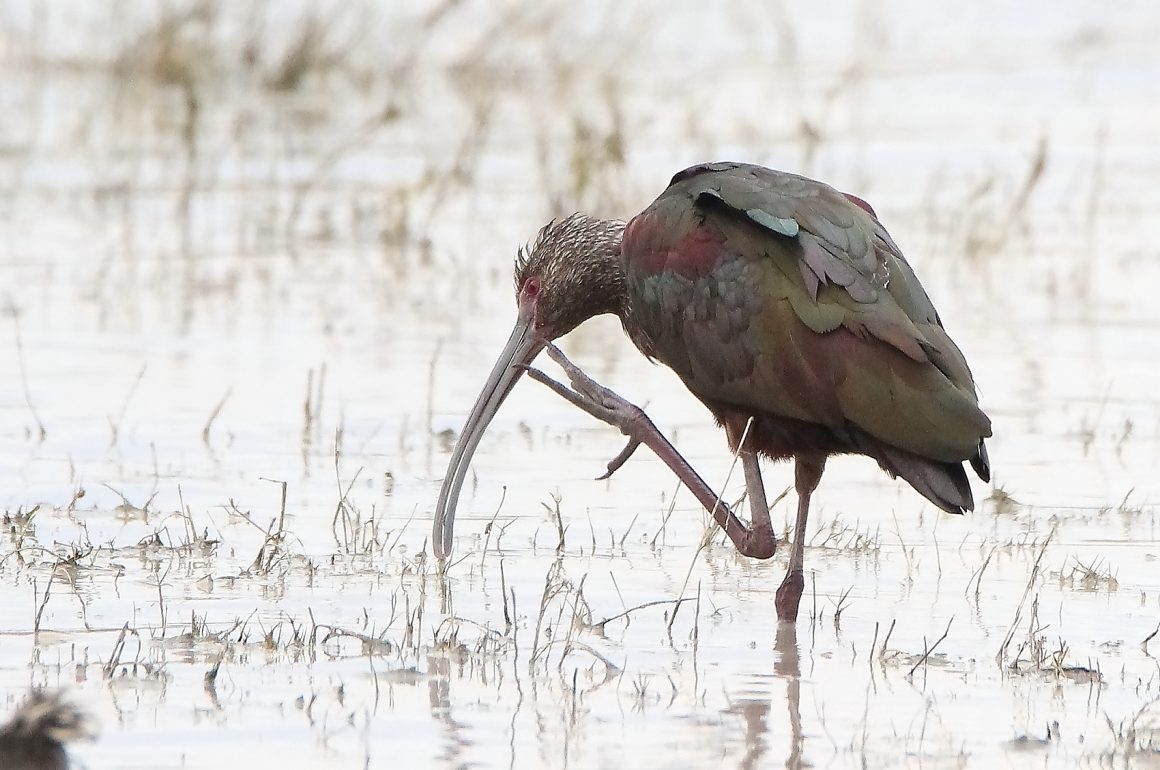
During our recent California trip, I enjoyed some excellent birding. I also developed my latest manifestation of a series of skin infections that I have experienced over the past year, this one worse than all its predecessors. (Not a sugar problem, in case anyone thought of that; my fasting sugar levels are perfectly healthy.) Believe me, Staphylococcus aurea is not the kind of species I would choose to write about on 10,000 Birds. But here I am, packed full of multiple antibiotics, keeping my leg up as much as possible, wishing I were once again traipsing the hills of Michoacán.
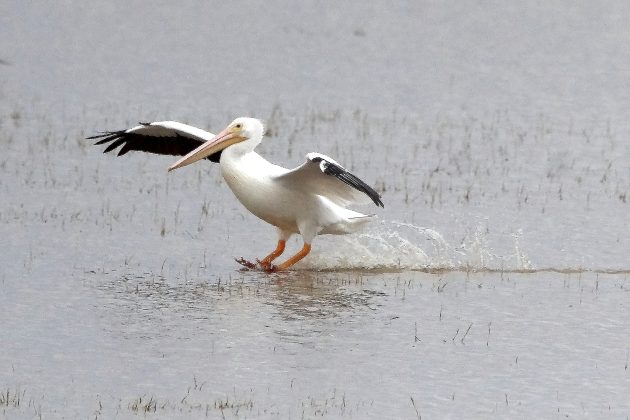
An American White Pelican with its landing gear down
A rare upside to this situation is that it has allowed me to do some long overdue work on a byproduct of my birding obsession. Like many modern-day photographic birders, I have built up a huge backlog of photos on my long-suffering laptop. I want to go back and eliminate my thousands of old photos, I really do. But each week a new batch of photos clamor for my attention. That is, until a hole in my leg keeps me from taking any new photos for a couple of weeks.
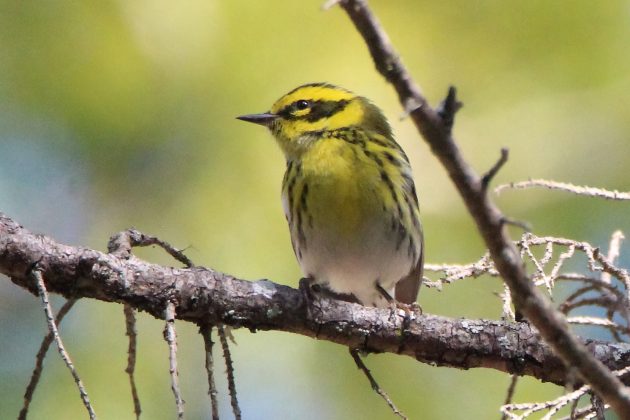
Townsend’s Warbler
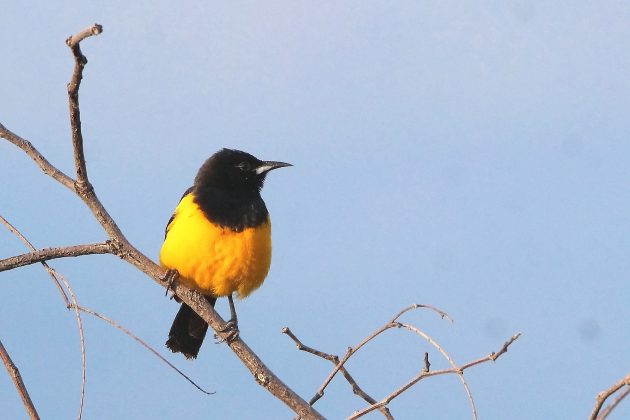
Black-vented Oriole
On any outing I may take hundreds, even thousands, of digital photos. I’m pretty good at taking advantage of my initial excitement to move the best one hundred or so into a second file. I also usually get the best ones onto 10,000 birds, and the most important ones (for proving sightings, etc.) onto my eBird report. Sometimes I even get around to eliminating the original large file, once I am sure I won’t need any of those photos. Space concerns with my laptop motivate me.
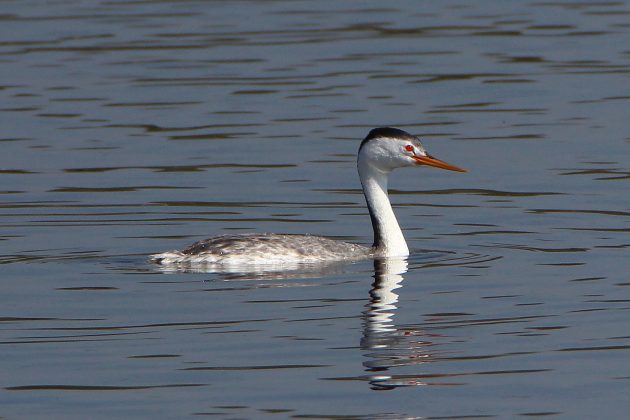
Clark’s Grebe, back when Michoacán’s lakes still had water
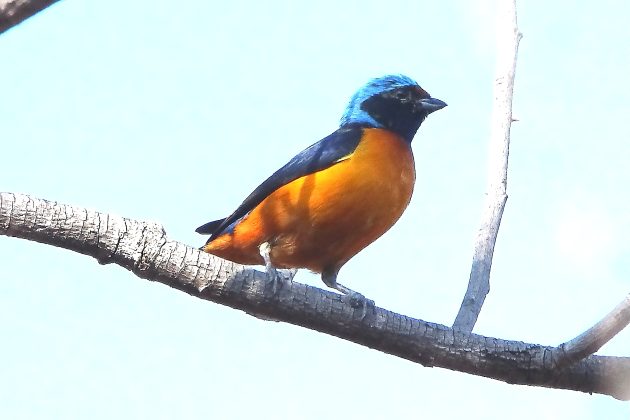
The always stunning Elegant Euphonia
Where I really fall behind is on my last step, which is to go through some long-past day’s remaining photos, put 3 or 4 on my screensaver rotation, save any with unusual scientific merit elsewhere, and then eliminate the entire file for that day. How far behind have I fallen? Well, during my convalescence I have managed to eliminate some 1,500 or more photos — just from December 2021, and January-February 2022. The shame! The occupied memory!
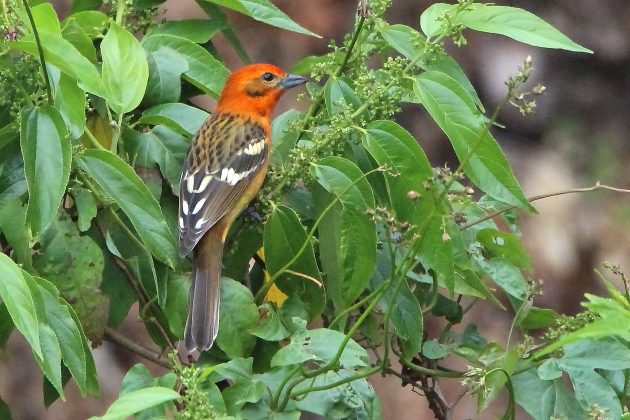
A male Flame-colored Tanager
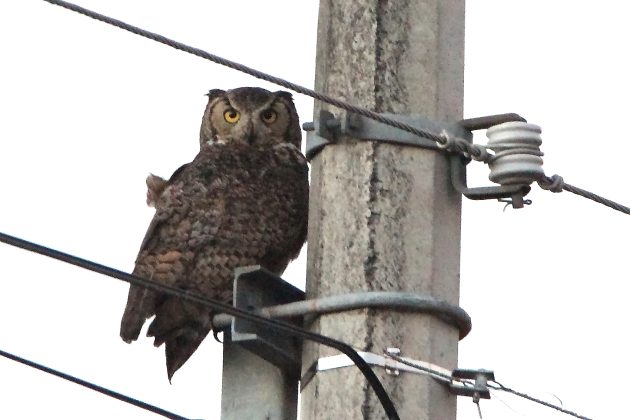
One of only a handful of photos of Great Horned Owls that I’ve ever taken
Along with the satisfaction of clearing out some of this occupied memory, I have also enjoyed discovering just how many really nice photos I was achieving by that time frame. In fact, along with adding a couple dozen photos to my rotating “Best Birds” file, I am also trying to eliminate many older photos from that same file. Those older photos just can’t hold up to my more recent ones.
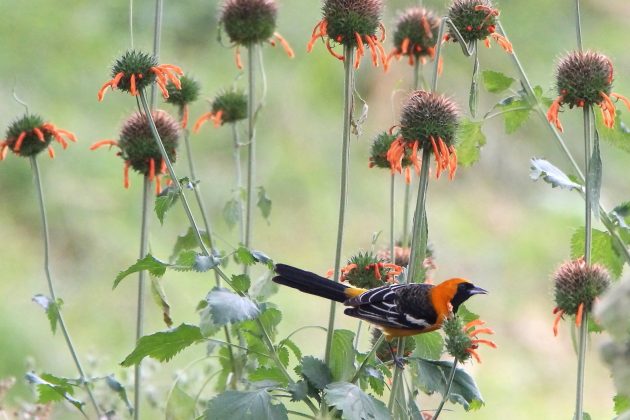
male Hooded Oriole
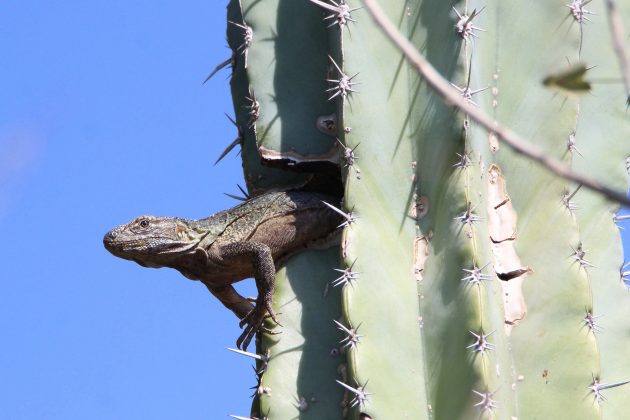
An Iguana, taking advantage of a hole undoubtedly made by a Golden-cheeked Woodpecker
I have been photographing birds now for about 10 years, without taking any classes or receiving any training. The ones I am interspersing with this narrative are from those first two months of 2022, about 8 years into this journey. Some are more artistic, while others just represent their species unusually well, at least as far as my portfolio is concerned. (I should also note that many, if not most, have probably already appeared in 10,000 Birds in posts from those dates.)
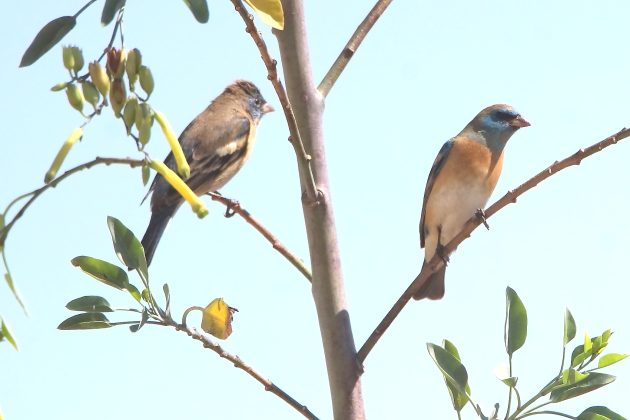
Two male Lazuli Buntings
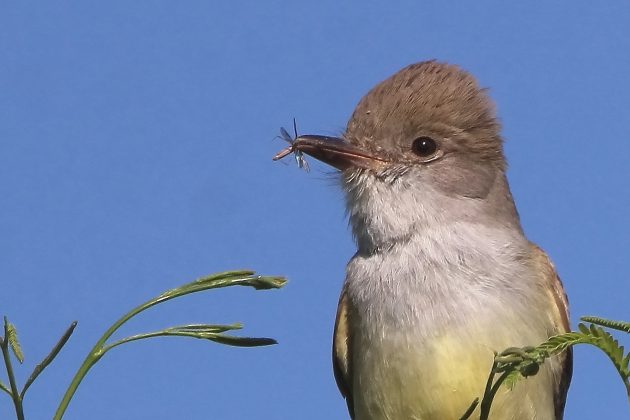
A Nutting’s Flycatcher, with lunch
Luca recently wrote here about the birder/bird photographer dichotomy. I am another one who loves photographing birds, without any real artistic pretensions or aspirations. But I must say, it is certainly nice to be able to have photos to enjoy, when one is temporarily unable to get out and see the actual feathered beauties.
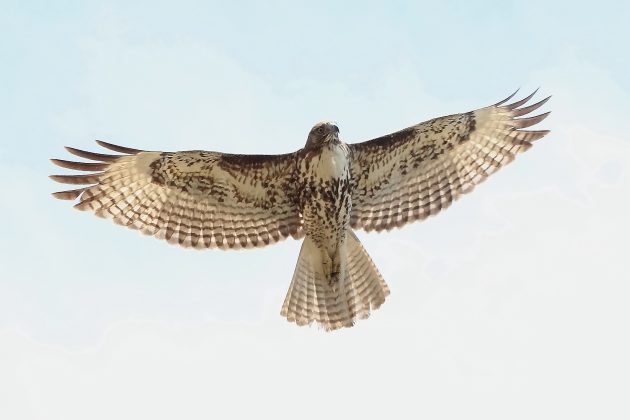
An unusually light morph Red-tailed Hawk
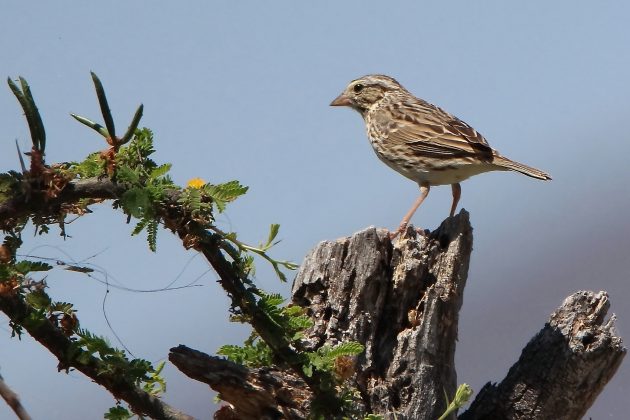
Savannah Sparrow
And while I do hope to soon take some new photos to share with you all, I hope these images, from early 2022, will do — while I still have a leg up.
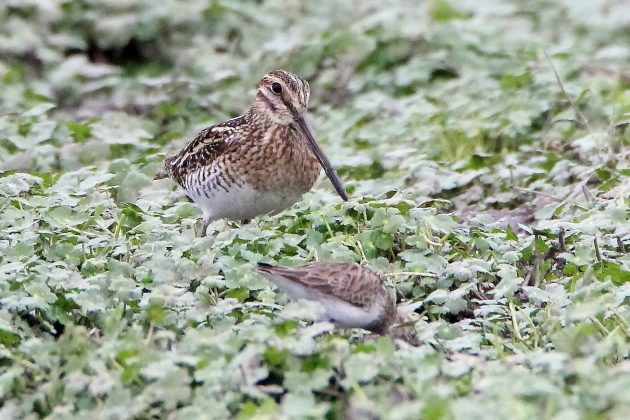
Wilson’s Snipe, with a Western or Least Sandpiper







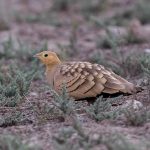





As a fellow birdwatcher who takes photographs, I try to be as ruthless as I can when editing and deleting surplus photographs. If I’m travelling, I always take my iPad and download photographs every day so that I can edit and delete as I go along. I also store on the iCloud, so my pictures appear (as if by magic) on my iPhone and iMac as well as my iPad.
I have also organised My Pictures so that I have a Bird file, divided into families, and then subdivided into species, so I can find a specific bird photograph very quickly.
By the way, Paul, I have much enjoyed your latest pictures. The Hooded Oriole is particularly beautiful.
Hope you feel better soon, Paul!